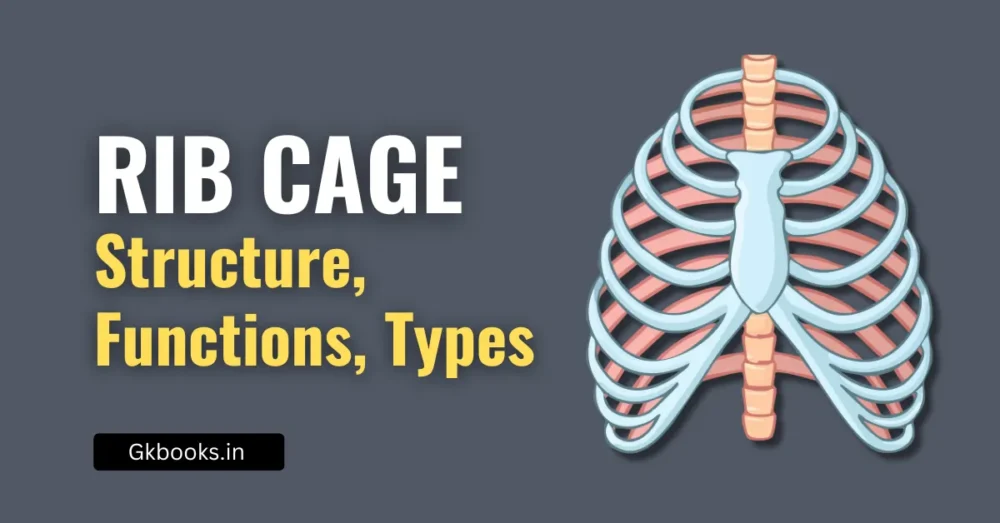Bile juice is an important digestive fluid that helps in the digestion of fats. It is produced by the liver and stored in the gallbladder. Though it doesn’t contain enzymes, it plays a key role in breaking down fats into smaller parts, making them easier to digest.
Let’s explore the composition of bile juice in a simple and exam-friendly way.
What is Bile Juice?
◾ Bile juice is a yellowish-green, alkaline (basic) fluid.
◾ It is secreted by the liver and temporarily stored in the gallbladder.
◾ It is released into the duodenum (the first part of the small intestine) through the bile duct when food enters the intestine.
◾ Main function: Emulsification of fats (breaking down large fat molecules into smaller droplets).
Organs Involved
| Organ | Role in Bile |
|---|---|
| Liver | Produces bile juice |
| Gallbladder | Stores bile juice |
| Bile Duct | Transfers bile to the small intestine |
Composition of Bile Juice
Bile juice is made of organic and inorganic substances.
Let’s look at both in a tabular format for better understanding:
Components of Bile Juice
| Component | Type | Function |
|---|---|---|
| Water (85-90%) | Inorganic | Helps in maintaining fluid balance and acts as a medium |
| Bile Salts | Organic | Emulsify fats (break them into tiny droplets) for easy digestion |
| Bile Pigments | Organic | Include bilirubin and biliverdin; give bile its yellow-green color |
| Cholesterol | Organic | Helps in producing bile salts |
| Phospholipids | Organic | Aid in the digestion and absorption of fats |
| Electrolytes | Inorganic | Maintain pH balance and support absorption of nutrients |
| Mucus | Organic | Protects the lining of the intestine |
Important Bile Components – In Detail
🔹 1. Bile Salts
- Derived from cholesterol.
- Main function: Emulsification of fats – breaks fats into smaller parts.
- Helps in the absorption of fat-soluble vitamins – A, D, E, and K.
🔹 2. Bile Pigments
- Waste products from the breakdown of red blood cells (RBCs).
- Types:
- Bilirubin – yellow
- Biliverdin – green
- These pigments are excreted in feces, giving it a brownish color.
🔹 3. Cholesterol
- Needed to form bile salts.
- Excess cholesterol in bile may lead to gallstones.
🔹 4. Water
- Makes up the bulk of bile juice.
- Helps to dissolve salts and pigments and transport them easily.
🔹 5. Electrolytes
- Include sodium, potassium, bicarbonate, etc.
- Help maintain the alkalinity and pH balance of bile juice.
Functions of Bile Juice
Here are the major functions you need to remember for your exams:
◾ 🔺 Emulsification of fats
◾ 🔹 Helps in the absorption of fat-soluble vitamins
◾ 🔺 Aids in neutralizing stomach acid (as it is alkaline)
◾ 🔹 Excretes waste products like bilirubin and excess cholesterol
◾ 🔺 Supports smooth movement of digestive contents in the intestine
Bile Juice – Key Points for Quick Revision
| Key Point | Details |
|---|---|
| Produced by | Liver |
| Stored in | Gallbladder |
| Released into | Duodenum (small intestine) |
| Main function | Digestion of fats |
| Color of bile | Yellow-green |
| pH of bile | Alkaline (around 7.6 – 8.6) |
| Main pigment | Bilirubin and biliverdin |
| Main fat-digesting substance | Bile salts |
| Does it contain enzymes? | No |
Final Words
Dear aspirants,
Understanding small yet important topics like bile juice can give you an edge in exams. These topics are often asked in 1-mark MCQs and can help you score quickly. Stay focused, revise smartly, and remember – every drop of knowledge adds to your success!
Suggested Practice Questions
- Which organ produces bile juice?
- What is the function of bile salts?
- Name the pigment responsible for the yellow color of bile.
- Does bile juice contain enzymes?
- Where is bile stored before it is released into the intestine?
Stay Tuned For More!
Follow us for more exam-oriented biology notes, infographics, and MCQ practice. Next time, we’ll cover “Pancreatic Juice and its Composition” in a similarly simple way!
To stay updated with the latest GK and Current Affairs infographics, follow our official Instagram and Facebook page and prepare for exams easily.







